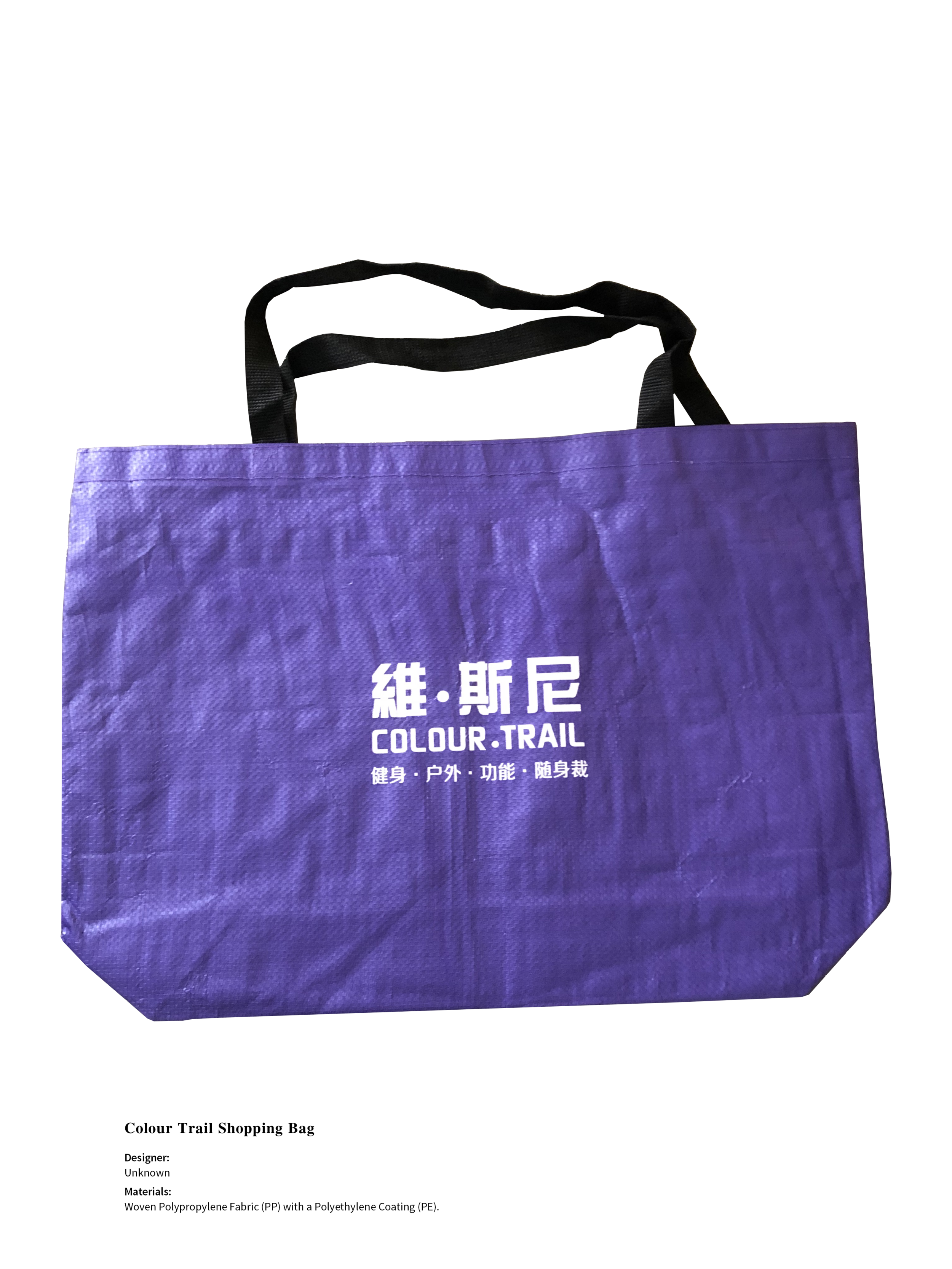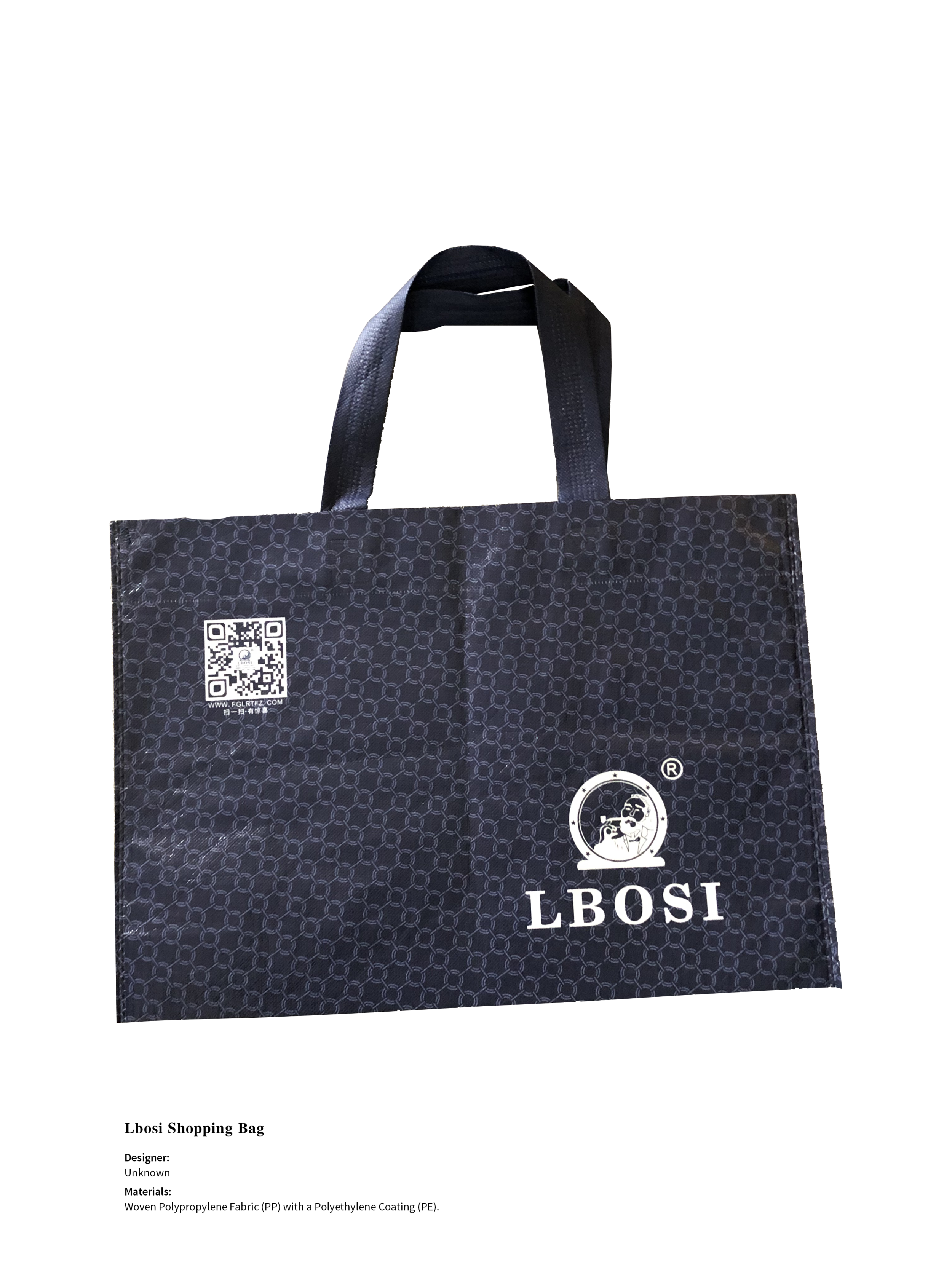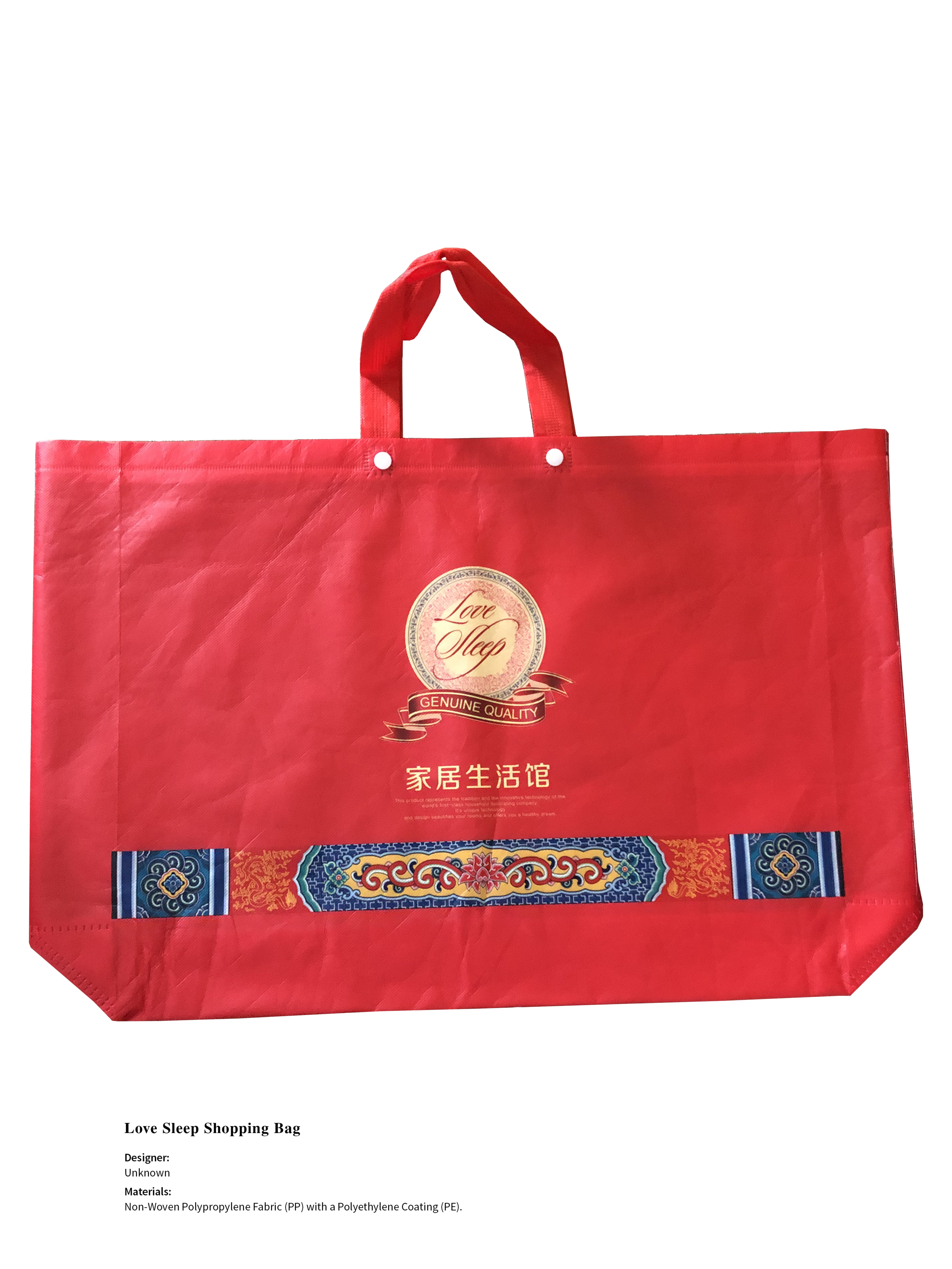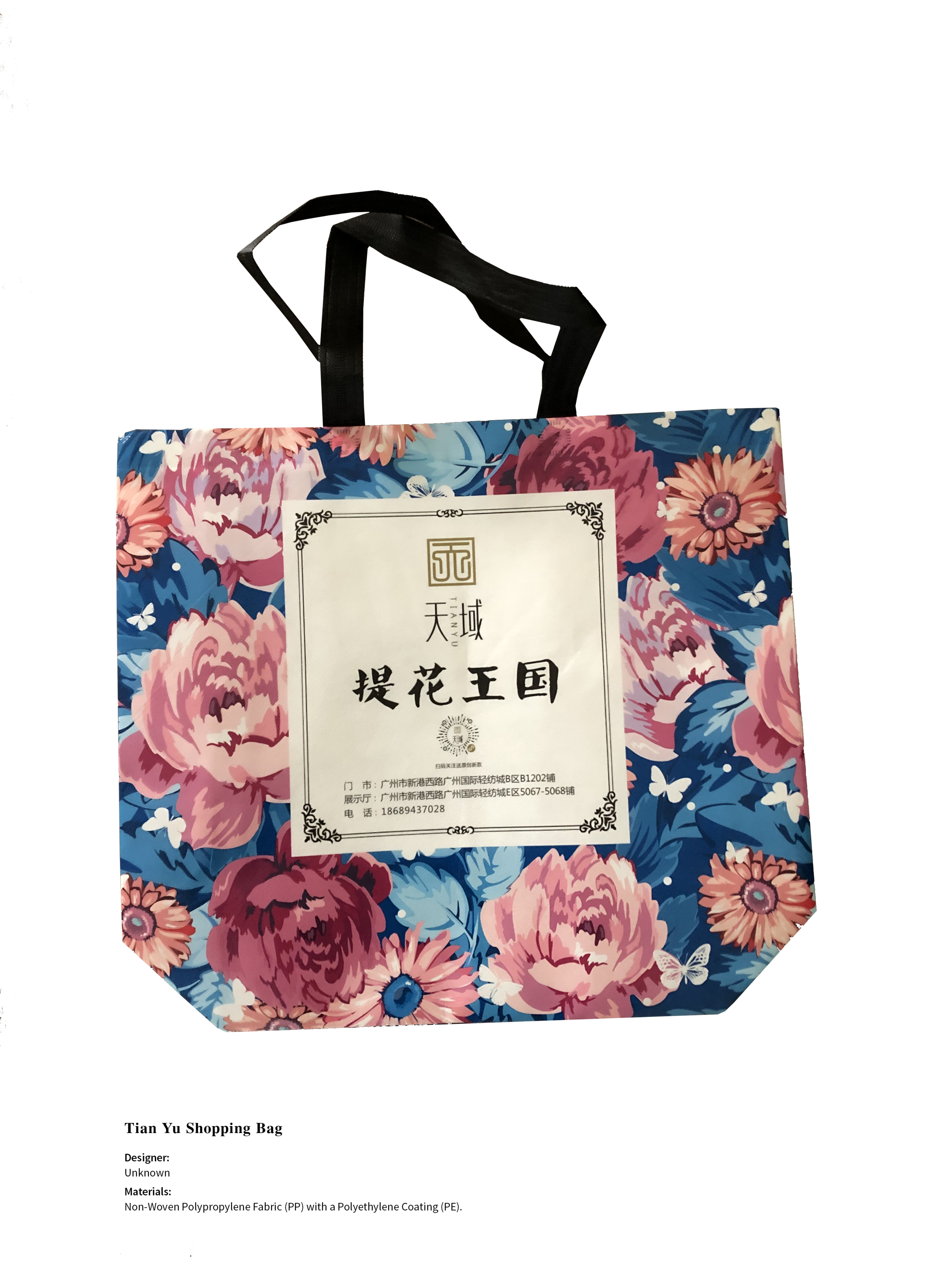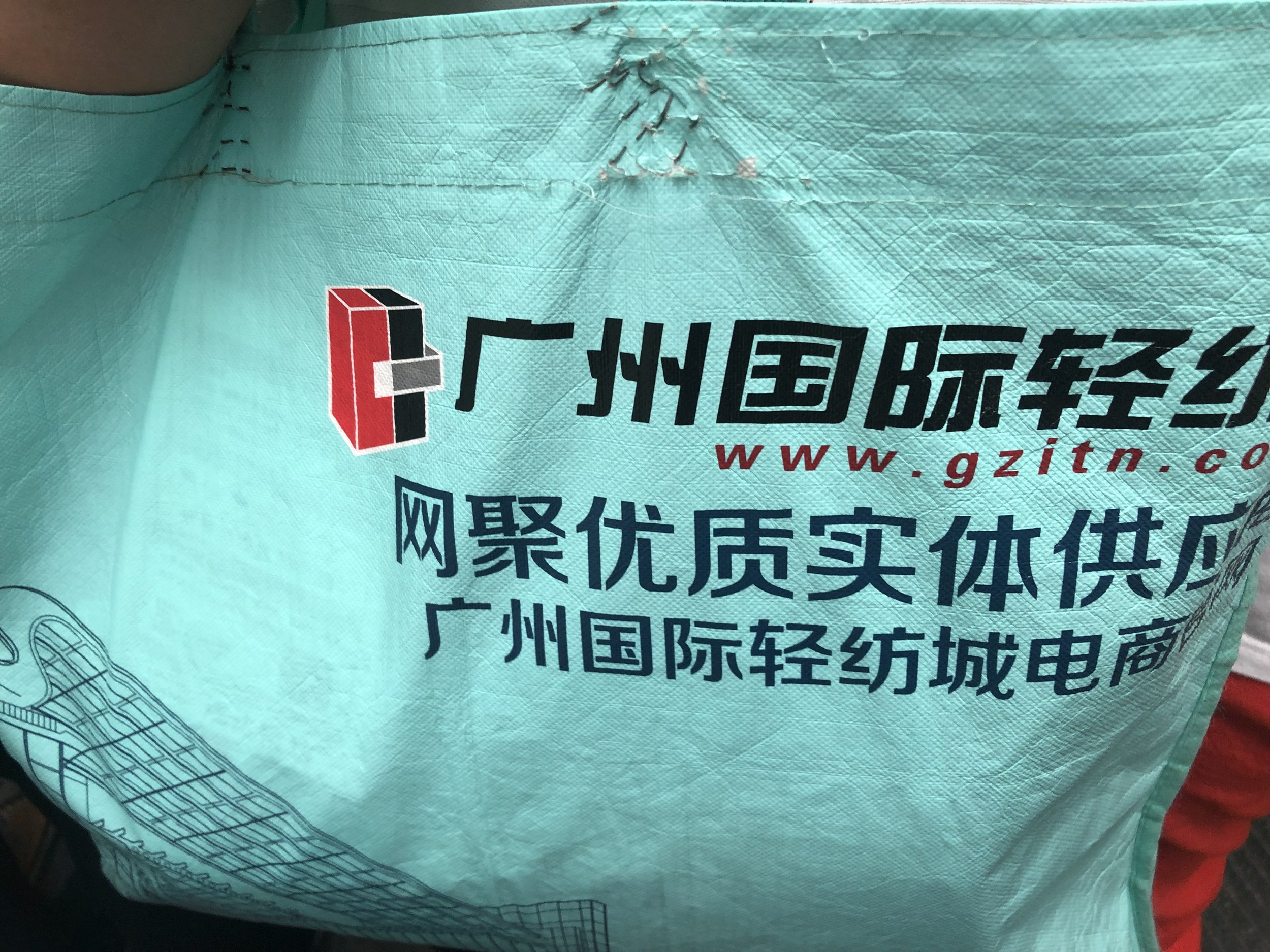The shopping bag is a humble yet highly fashionable and sought after item. Its universal appeal and versatility makes it a go-to canvas for artists and designers alike, even design-lead companies revel in its attributes and use it as its primary source of revenue. Some brick and mortar’s use it as a novelty item while some high-end retailers carry it in the form of a luxury item and sell it as such. When the designer is in control of its fate, a personality can be developed for its intended environment — and vise versa. Today, the shopping bag comes in a variety of silhouette’s but the most commonly used is: the tote bag.
At its infancy, the tote bag (or ice bag — according to LL Bean) was typically made with a highly durable fabric, like Duck Canvas, and it was initially used for utilitarian purposes (Greene 2018; Totebagfactory.com). Today, this silhouette can be used in a variety of ways — all of which are particularly dependent on its ability traits. While the tote’s purpose ultimately remains constant, it’s personality can be completely different by combining graphics and text in order to visually convey a message. But some totes can be completely remastered and function with little or further consideration — practical factors like production costs (money) can play a huge role in determining the bags survival. But human desires, needs, and tastes can give it a higher purpose — a prime example being the tote used at Farmers Market’s.
While the traditional tote can also be used in such an environment, its elevation by it’s somewhat understated fabric makes the tote’s function desirable for unpredictable, raw materials. This tote bag is made of Polypropylene (abbreviated as PP) — a synthetic fiber that is manipulated into a textile. The fiber’s characteristics are determined by two types of procedures: Ziegier-Natta polymerization and Metallocene Cataysis polymerization (Mathius 2019; PSLC). Once when the fiber goes through either process, the fiber becomes a textile. According to the blog post, Woven vs. Non-Woven, from the website 1bagatatime.com: it can either come non-woven or woven, the difference is in the textile’s production. The textile can either be tightly woven or pressed to have an appearance of a weave during its post-production stage. Once when the textile process is finalized, it can be recycled but it cannot biodegrade — and for a reason. Once when the polypropylene fiber transcends to it’s textile form, its intention of being highly durable, breathable, chemical resistant, and moisture resistant makes the textile more of a reusable product than a recyclable one. By enhancing the bags reliability and validity from its predecessor, it has the ability to be used over and over and over again.
Kate Fletcher — author, consultant, and Professor of Sustainability, Design, and Fashion at the Center for Sustainable Fashion located at the London College of Fashion (an extension of University of Arts London) — emphasizes the “Craft of Use” particularly with product consumption in the fashion industry. She also famously coined the term, “Slow Fashion” and interprets the concept as an open-ended solution but to objectively change the fashion system for the betterment of society today and tomorrow. “Slow fashion” can mean locally sourced materials, small-scale production, and traditional craft techniques — the same well-known and highly successful principles as the “Slow Food Movement” (Fletcher 2010; 264). She further emphasizes in her publication, “Slow Fashion: An Invitation for Systems Change,” that the “Slow Food Movement” is a gestalt switch that tackles values and behavior at the level of economic priorities and business practices and supplants the distorted emphasis placed on consumption and production by conventional economics with a broader set of goals that value traditions, ecological diversity, health, pleasure, employment, and safety of the future (Fletcher 2010; 261).
In the context of change in industry systems and consumer behavior, changes in product behavior can also help influence consumer behavior and bring awareness to industry. In the States, the PP tote bag is commonly seen at Farmer’s Markets, but at the Zhongda Fabric Market in Guangzhou, China — the same PP tote bag was used as a retail bag. While retaining the same silhouette, its personality and (in turn) its purpose was greatly influenced by its environment. This PP tote was meant to further promote and market their retailer — maybe even themselves. The bag could even be interpreted as a guide to help consumer’s navigate the Fabric Market by ensuring it stood out amongst this 310,000 square meter building. This particular bag uses the PP textile but it also has a film layer of Polyethylene (abbreviated as PE). The PE film adhered to the surface of the PP fabric allows for the bag to be water resistant — again, ensuring the durability and longevity of the bag. The only issue with this bag is that once when the PE film is adhered, the entire bag can no longer be recycled. But recycling the product is not the issue, it’s about the design opportunity, its contribution to influence consumer consciousness and ultimately promote the concept of “Slow Fashion.” Designing with intention can be used as an invitation to intellectually build on the existing personalities of fashion products — and it could all start as simply as the shopping bag.
Please click on the image to view the examples of the retail bags from various vendors at the Zhongda Fabric Market and the (unknown) designers who designed them:
Citations:
Fletcher, Kate. (2010). Slow Fashion: An Invitation for Systems Change. Fashion Practice: The Journal of Design, Creative Process & the Fashion. 2. 259-266. 10.2752/175693810X12774625387594. Accessed August 10, 2019.
Greene, Priscilla. (2018). History of the Tote Bag; Tote Bag Factory, June 22, 2018. Accessed August 10, 2019, https://totebagfactory.com/blogs/news/history-of-the-tote-bag,
Foster, Linda (2015). Woven vs. Non Woven PP, Accessed August 10, 2019, https://1bagatatime.com/learn/woven-vs-non-woven-pp/.
Polymer Science Learning Center (2019), Polypropylene, Accessed August 10, 2019, https://www.pslc.ws/macrog/pp.htm.

